
VOLKSWAGEN BORA (1999-05) 4DR SALOON 2.0 S AUTO
The VOLKSWAGEN BORA (1999-05) 4DR SALOON 2.0 S AUTO is a versatile and well-built sedan that fits comfortably into the used car market in the UK. Known for its practicality, the BORA offers a spacious interior, making it a popular choice for families, professionals, and commuters alike. With its smooth automatic transmission, it provides an easy and comfortable driving experience, ideal for daily city driving or longer journeys. This model's reputation for reliability and solid build quality makes it a dependable option in the competitive compact saloon segment. Its distinctive design and consistent performance have helped it stand out among rivals like the Vauxhall Astra or Ford Focus, especially for those seeking a practical yet stylish vehicle.
Considering the typical usage, the VOLKSWAGEN BORA (1999-05) 4DR SALOON 2.0 S AUTO is best suited to drivers who value comfort, ease of driving, and reasonable maintenance costs. While the average recorded mileage suggests it has seen considerable usage—around 177,881 miles—it remains a popular choice with an average private sale value around £640, reflecting its affordability and appeal for budget-conscious buyers. If you're seeking a reliable, user-friendly Saloon with a friendly driving experience, the Volkswagen BORA from this period continues to be a noteworthy option in the used car market.
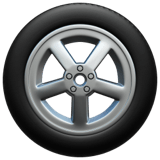
average use
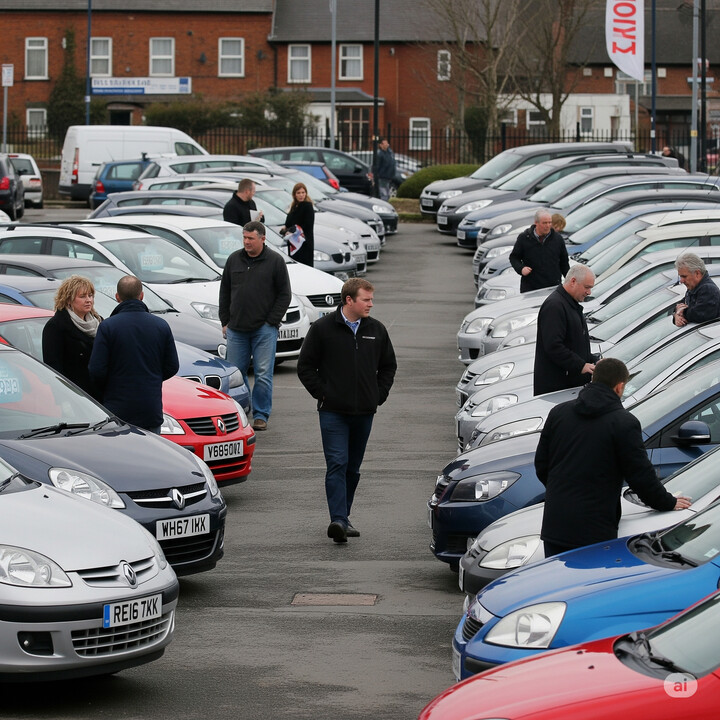
The latest recorded mileages for the Volkswagen Bora (1999-05) 4-door saloon 2.0 S Auto show a notable split: half of the sample vehicles have readings between 120,000 and 130,000 miles, while the other half are between 220,000 and 230,000 miles. This indicates a significant variation in mileage, possibly reflecting differences in vehicle usage or maintenance history. Buyers or sellers should be aware of this range when assessing the vehicle's condition and value.

vehicle values
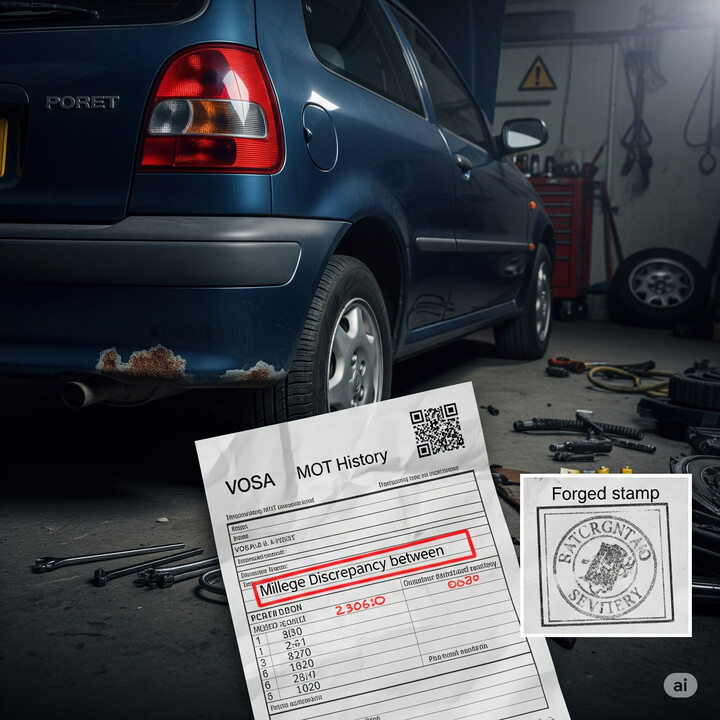
The data indicates that for the Volkswagen Bora (1999-05) 4-door saloon 2.0 S Auto model, all private sale valuations fall within the £0 to £1,000 range. Specifically, 100% of the sample's private sale prices are within this lowest price bracket, suggesting that these vehicles are generally considered to be low-value or may require significant investment. This could reflect the vehicle’s age, condition, or market demand, highlighting that potential buyers should expect modest prices when purchasing this model privately.

production years
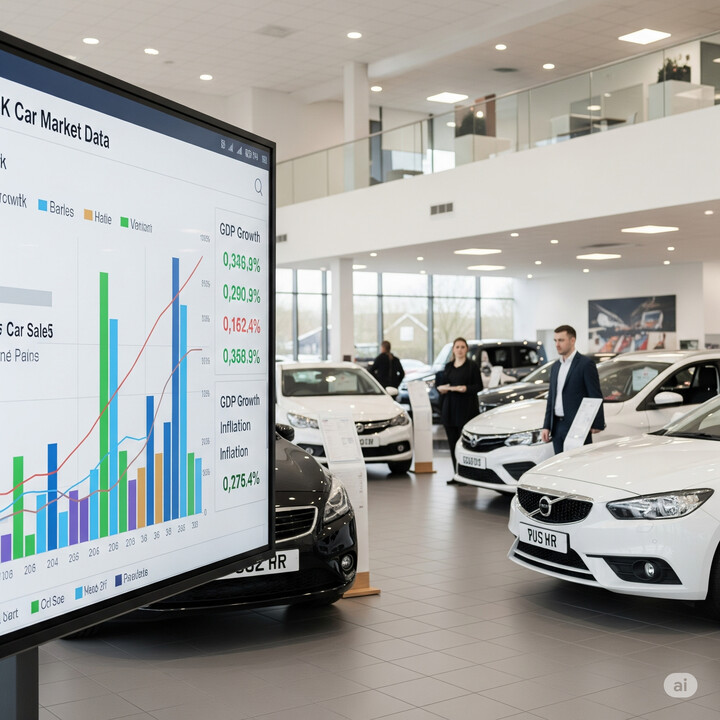
The data indicates that for the Volkswagen Bora (1999-2005) 4-door saloon 2.0 S Auto, the year of manufacture is evenly split between 2001 and 2002, with each accounting for approximately 50% of the sample. This suggests that vehicles of this model and specification are predominantly from these two years, reflecting a concentration of vehicles from early 2000s production within this particular sample.

colour popularity
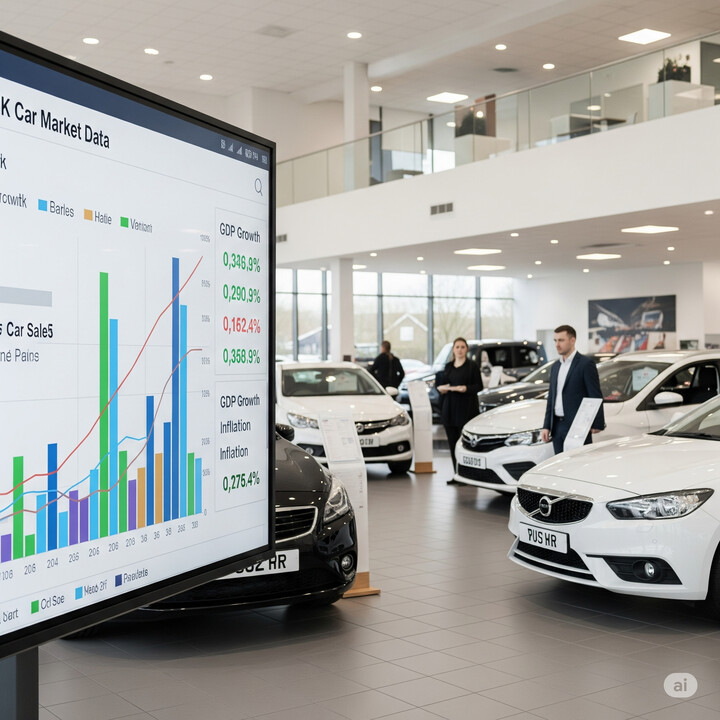
The data indicates that for the Volkswagen Bora (1999-2005) 4-door saloon 2.0 S Auto models, the main paint colour is evenly split between beige and red, each comprising 50% of the sample. This balanced distribution suggests that both colours are equally popular among this vehicle type, highlighting a notable preference for these two distinct shades within this model range.

ownership cycle
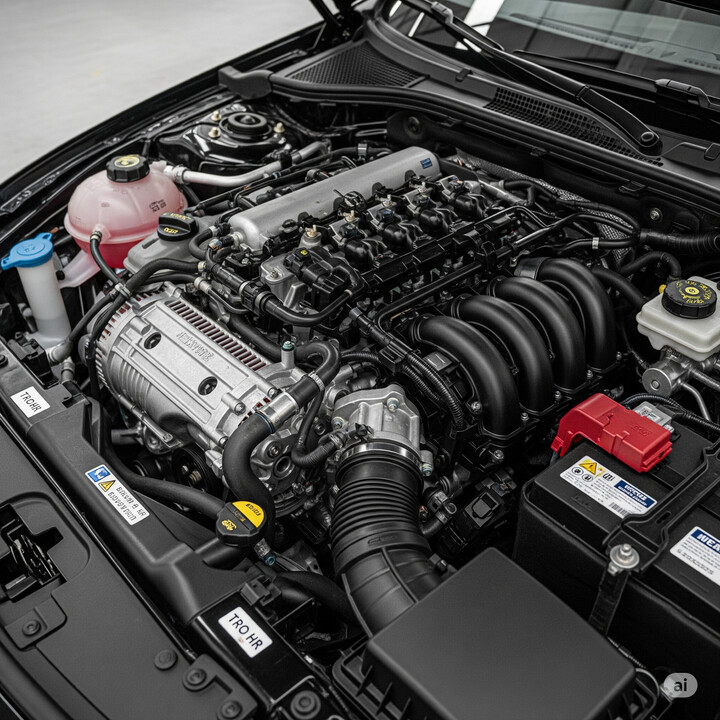
The data indicates that for the Volkswagen Bora (1999-05) 4DR Saloon 2.0 S Auto model, the majority of vehicles have been registered with either 5 or 6 keepers, each accounting for 50% of the sample. This suggests a fairly even distribution between these two numbers of previous owners, which could imply relatively consistent ownership patterns for this model within the observed period.

engine choices

Based on the available data for the Volkswagen Bora (1999-2005) 4DR Saloon 2.0 S Auto, all sampled vehicles are equipped with a 2.0-liter petrol engine. This indicates that the entire sample set exclusively uses petrol as their primary fuel source, with no instances of alternative or diesel engines recorded. The uniformity in engine capacity and fuel type suggests consistency in the vehicle's specifications across the sample group.












